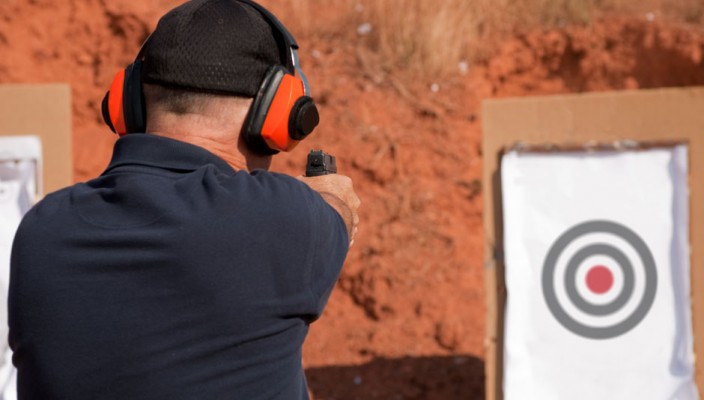
When I first began shooting IDPA (International Defensive Pistol Association) my only concern was range time and finding ammo. When you’re a new shooter the pure rush you get when you shoot and move in a competitive style is all the fuel you need to spend the kind of money it takes to really get into the sport. After you finish your first few events and really start to figure out what you are doing, several issues start coming to light. Either you need to slow down and spend that extra half second to get a good sight picture, or your shooting gear is just clumsy junk. A lot of people, including myself, have had to buy something twice because someone referred them to a product that was complete junk or just simply didn’t work for them. When it comes to magazine holsters and gun holsters this really isn’t as much of an issue as it is with a gun belt.
A good gun belt could be the difference between you looking very foolish on the range or shaving precious time off your overall score. If you don’t already know, in IDPA every single second counts. If you hope to be competitive you need to safely be as quick as possible and a belt specifically made to hold your gun, will help you do that. Good gun belts must be stiff, secure and fit as tight as possible to the loops on your pants. Now you may be thinking, “well aren’t all belts made to do those things already?” The answer is no, and not every belt is made to withstand carrying a loaded firearm and magazines.
If you are serious about IDPA or getting into conceal carry, then a belt made specifically to hold your gun is a no brainer. If you want to shoot competitively, a belt made of nylon is better than a leather one. There are plenty of guys that swear by leather belts but I am not one of them. Leather is very stiff, which is a good thing, but after it gets worn it no longer keeps that flat shape. That flatness is what keeps that holster from moving in or away from your body. Depending on how dedicated you are, that excessive draw and holstering will really wear out a leather belt.
Gun belts made of nylon are the way to go for competitive shooting. Depending on the belt you choose, it will stay flat and stiff for years beyond a high quality leather belt. Specifically “riggers” belts are my favorite. They are super stiff and fit my belt loops pretty tight. Riggers belts are wider than your average 1.25” inch belt. This extra width helps distribute the weight better across your hips. My personal belt of choice is the BLACKHAWK! CQB Riggers Emergency Rescue Belt. The belt itself is made of really tough nylon that’ll withstand 7,000 pounds of force before tearing and is capable of being used as an emergency rappel device. Although it has been done on Youtube, I urge against doing any rappelling unless you have the proper training. The belt is also 1.75 inches wide to help distribute whatever it is you want to hang from it.
Belts are like tools, just like how you wouldn’t use a hammer to change a lock, I wouldn’t use a riggers belt for concealed carry. When you concealed carry you are CONCEALING the fact that you are carrying a gun. Many people including myself are concerned about printing (where the outline of your gun can be seen through your clothing). When you wear a riggers belt, cobra instructor’s belt, or any other nylon gun belts, you scream “look at me, I have something on me!” There’s no doubt that any of these belts are great options for hanging your gear from, but they all have a military and I hate to say it “tactical” look to them. You don’t want to do this because most people these days can identify someone with one of these belts as a person with a fondness for firearms, weapons or other tactical gadgetry. This is my main reason why I think you should have a separate belt for shooting IDPA and one for concealed carry.
A concealed carry belt has to be tame in appearance and strong enough to hold your gun and holster in place all day. I opted for a belt that does both of those things and more. The Liger Gun Belt by Maxpedition, is tough as nails with similar strength features of the riggers belt but it does so with a much sneakier appearance. The belt is actually stylish and looks like a leather belt, but you couldn’t be more wrong. The material used is what Maxpedition calls “Ligerthane”. It is unaffected by salt water, blood, mildew, rot and resistant to many cleaners and solvents. With its good looks, resistance against pretty much anything you can spill on it, and a 3,000 pound breaking strength, it really is a one of a kind belt.
Gun Belts may be one of the most overlooked pieces of gear for a shooter or concealed carry permit holder, hopefully I’ve been able to steer you in the right direction. Just remember, you want a belt that is going to stay flat. Use the right tool for the job: riggers for competing and the Liger for everyday life.
- Thermal Imaging for Home Defense? - February 3, 2016
- Top Gear from Vista Outdoors at SHOT Show 2016 - February 1, 2016
- The OTHER Hard Case Company - January 14, 2016
Related Posts
3 Responses to The Importance of a Gun Belt
Leave a Reply
You must be logged in to post a comment.
« Gearing Up For Jellyheads! Spring Turkey Hunting, Part 2 Leupold Mark 4 LR/T: Combat Proven Long Range Scope »


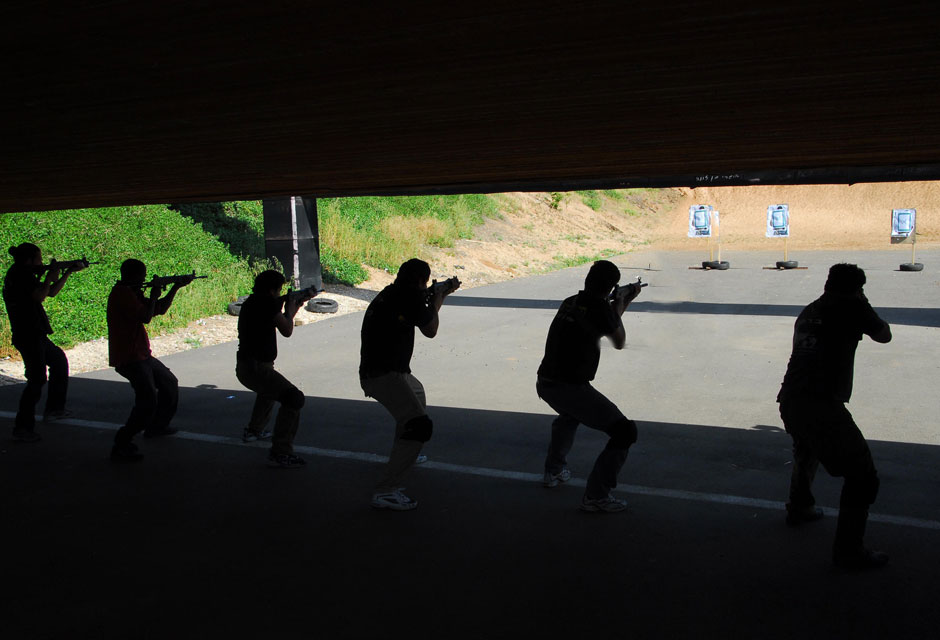
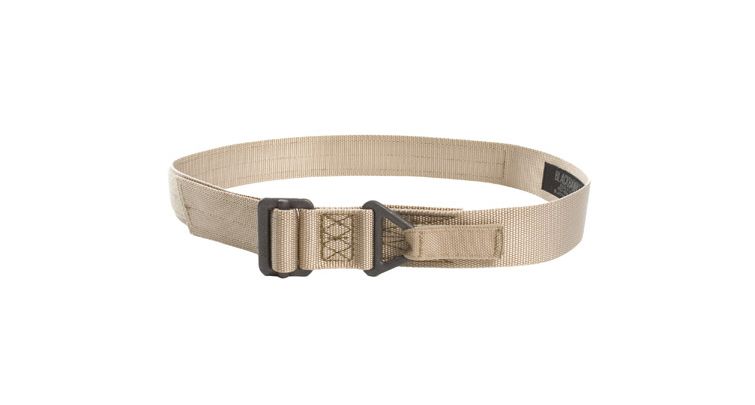
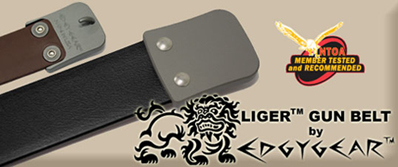
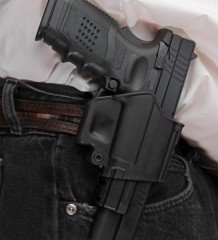



Good article, not much into IDPA, but I like the Liger belt you put up. Is there belt that somewhat combines the two?
The Liger belt is somewhat one of a kind. There are several belts that combine nylon with polymer, like the Uncle Mike’s Reinforced Instructor Belt. Hope that helps.
I have the Uncle Mikes Duty Belt. I have used it going on seven years. Its still in good shape. Stiff as you mention and supports my Springfield Tactical XD .45 with all the magazines and back light I can carry.
Good review!